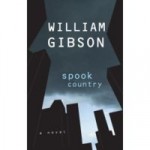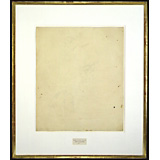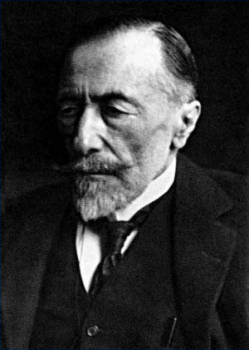“Reality cannot stand too much wakefulness.â€
 America could use a Jenny Diski.
America could use a Jenny Diski.
Joan Didion, Annie Dillard and Janet Malcolm exercise a comparable ruthlessness, waged against received opinion on subjects of comparable range, but they are not as unrelentingly unreserved as Diski. America cannot abide too much wakefulness, which is why I resist sleep. And Diski, post-empire British to the core, is one of the things that keep me up nights.
Check her “Diary†column in the latest London Review of Books, (31 July 2008), one of the select items the Review posts online. “If you set aside the incomparable cruelty and stupidity of human beings, surely our most persistent and irrational activity is to sleep,†she begins. In the next paragraph she turns to “the second most absurd thing we do: wake up.†In the space of a page and a half she describes the several levels of wakefulness through which we descend in and out of sleep—for descend out of it we do, she convinces us, in an endless spiral, with occasional freefall.
In Diski’s hands, such a tale is magic. There’s humor: “As chief scientist in charge of making the world a better place, once I’d found a way of making men give birth, or at least lactate, I’d devote myself to abolishing the need for sleep.†And she can tap the nostalgia for those “delicious,” slightly anxious moments we never outgrow: her earliest memory of “sensual pleasure,†lying in bed, “the bedtime story told, lights out (not the hall, leave the door open, no, more than that),†perfectly comfortable, “falling slowly into sleep.â€
Read it, and marvel how this brief essay–a miniature novel–slips in such short space from human cruelty and stupidity to Raquel Welch saving our beleaguered world!
If you enjoy reading and re-reading this piece, click Jenny Diski’s blog for more.
Diski is a novelist, but I’ve only read her non-fiction. I’d like to report that she grasped Portland’s unique essence in her American travelogue, Stranger on a Train: Daydreaming and Smoking Around America with Interruptions, but, alas, her night journey from Spokane to Portland, on the Empire Builder, the train she had boarded in Chicago, is recalled only for the fact that it was a non-smoking leg, except for a brief stop in Pasco, where she stood on the platform and inhaled “the best part of two cigarettes.”







